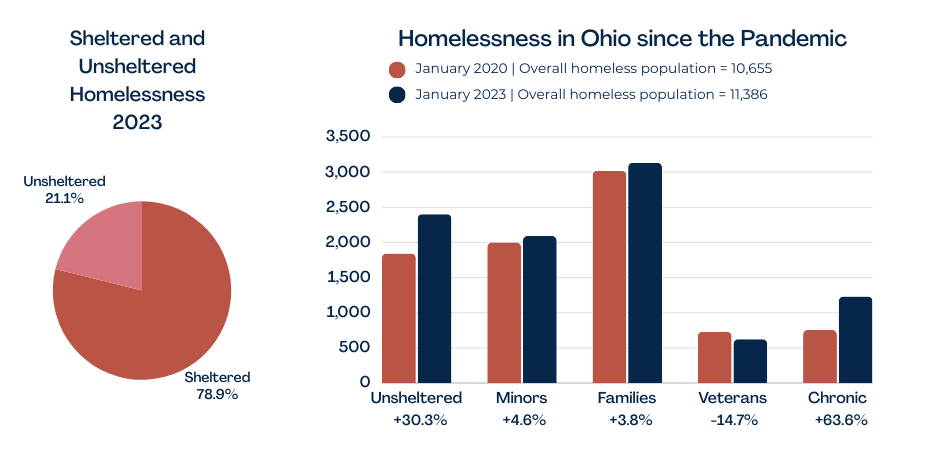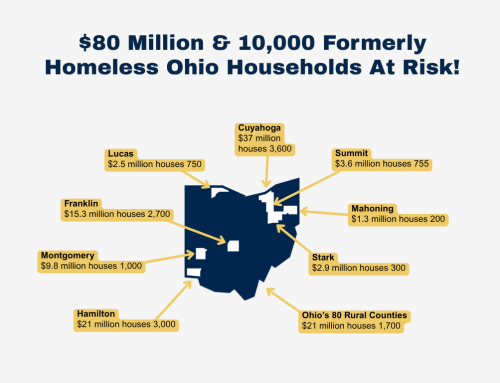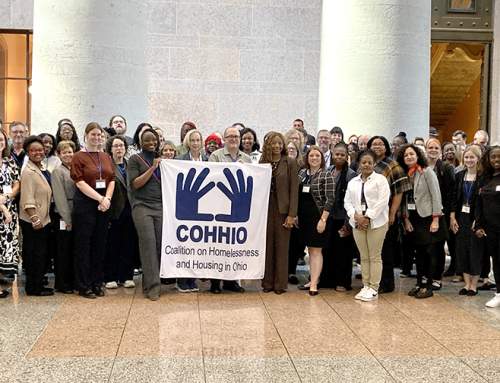FOR IMMEDIATE RELEASE: Dec. 18, 2023
Ohio’s Unhoused Population Grows 7% Amid Rising Rents
Buckeye State Homelessness Increases Slower than National Average
The unprecedented spike in rents since the pandemic has fueled an alarming increase in homelessness last year, as pandemic assistance for struggling renters started running out.
On one night in January 2023, at least 11,386 Ohioans were homeless, according to the most recent Point in Time count data recently released by the U.S. Department of Housing and Urban Development. That represents an increase 6.9 percent from the previous year’s homelessness count.
Amy Riegel, executive director of the Coalition on Homelessness and Housing in Ohio, said the rise in homelessness followed an steep increase in rents that began during the pandemic. Average rent for a 2-bedroom apartment in Ohio increased 18 percent from 2021 to 2023.
“The lack of affordable housing is the primary cause of homelessness, and the shortage of affordable housing has been growing steadily for years,” she said, citing state data showing over 700,000 Ohioans now spend over half their household income on rent. “Given the enormous and growing gap between rents and renters’ wages, we’re fortunate that homelessness hasn’t risen even more dramatically.”
Federal emergency rental assistance helped many tenants remain housed despite mass job loss and widespread inflation. However, with funding running out, most eviction prevention programs in Ohio have shut down.
Nationally, homelessness grew 12.1 percent from 2022, driven largely by a 25 percent increase in the number of people who became homeless for the first time, according to HUD’s Annual Homeless Assessment Report.
“The good news is, Ohio is in a better position than much of the country, where rents are even further out of reach for people stuck in the low-wage economy,” Riegel said. “We still can reverse this troubling trend before it gets completely out of hand. But we need to commit to major investments in affordable housing and services for Ohioans most at risk of eviction and homelessness.”
One bright spot in the data is the continuing decline in Ohio’s homeless veteran population, which decreased nearly 15 percent since 2020. Riegel said the years’ long focus on targeted resources and Housing First policies for veterans demonstrates that it is possible to reduce homelessness when adequate funding and effective policies are in place.
COHHIO called on policymakers to take action to promote affordable housing development and supportive services to prevent a severe increase in homelessness in coming years. At the federal level, the organization is advocating for Congress to increase funding for HUD’s housing and homelessness programs and provide assistance to vulnerable tenants to prevent unnecessary evictions. At the Statehouse, COHHIO urged lawmakers to maintain support for the Ohio Housing Trust Fund, the primary source of state funding for local homelessness and housing programs.
-30-








